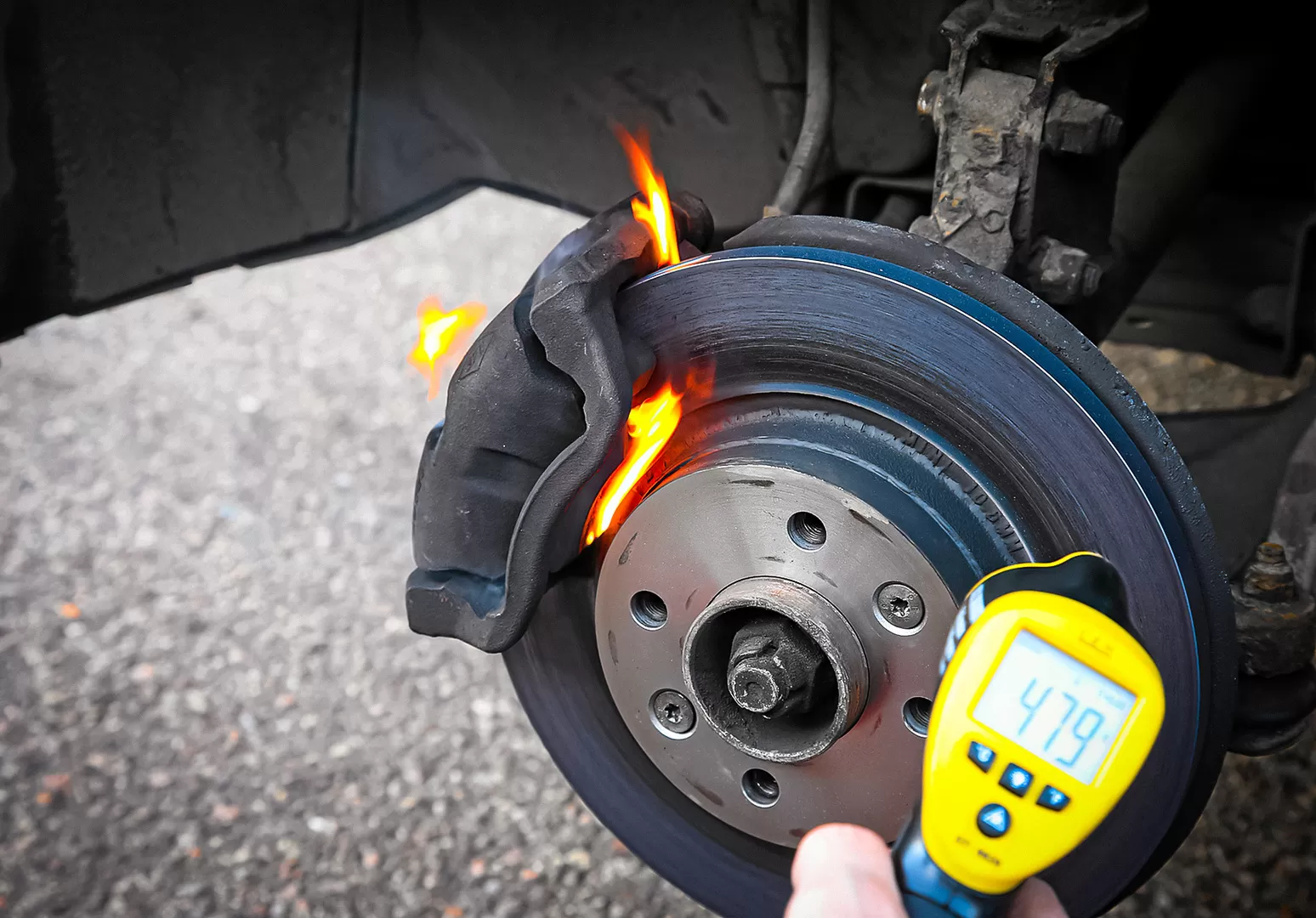
How to add car coolant
Coolant, also known as antifreeze, must be kept at a certain level to prevent overheating and damage to the car's engine.
Coolant, also known as antifreeze, is vital to the health of your car's engine. The cooling system is responsible for transferring the heat generated in the engine during combustion to the atmosphere. The coolant, mixed with water, usually in a 50/50 ratio, circulates in the engine, absorbs heat, and flows to the radiator through the water pump and cooling passages to remove heat. A low coolant level can cause the engine to overheat more than expected, and even overheat, which can damage the engine.
Part 1 of 1: Checking and topping up the coolant
Necessary materials
- Coolant
- Distilled water
- Funnel - not required but prevents coolant from spilling
rags
Functions: Be sure to use the coolant approved for your vehicle, not the coolant approved for all vehicles. Sometimes differences in coolant chemistry can cause the coolant to "gel up" and clog smaller coolant passages in the cooling system. Also, buy pure coolant, not "pre-mixed" 50/50 versions. You will pay almost the same price for 50% water!!
Step 1: Check the coolant level. Start with a cold/cold engine. Some vehicles do not have a radiator cap. Checking and topping up the coolant is carried out strictly from the coolant reservoir. Others may have both a radiator and a coolant reservoir cap. If your vehicle has both, remove them both.
Step 2: Mix coolant and water. Using an empty container, fill it with a 50/50 mixture of coolant and distilled water. Use this mixture to top up the system.
Step 3: Fill the Radiator. If your vehicle has a radiator cap and no coolant is visible in the radiator, top it up until you see coolant at the bottom of the filler neck. Give him a little "burp", as there may be air underneath. If it “burps” and the level drops a little, fill it up again to the bottom of the neck. If the level remains the same, replace the cap.
Step 4: Fill the coolant reservoir. The tank will be marked with minimum and maximum level lines. Fill the tank up to the MAX line. Don't overfill it. When heated, the coolant mixture expands, and this requires space. Replace cap.
- Attention: Even without a leak in the system, the coolant level may drop over time simply due to boiling over. check the coolant level a day or two later or after a ride to make sure the level is still correct.
If your low coolant level indicator lights up or your car has a coolant leak, call an AvtoTachki field technician to inspect the cooling system in your home or office today.
